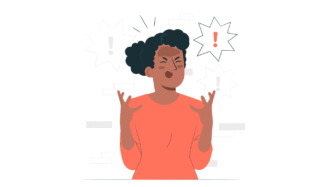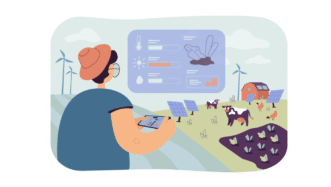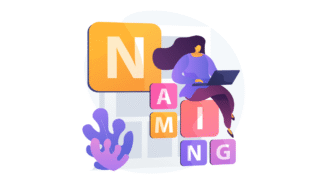LESSON OVERVIEW
This Speaking Class lesson lets students talk about art, inclusivity, and diversity through a variety of activities. Students watch and discuss a video, read a short text, answer questions, and brainstorm ideas.
C2 / Proficiency45 min
60 minSpeaking ClassUnlimited Plan
This is a Speaking Class worksheet. It includes a variety of tasks that let your students practise their speaking skills. This lesson format does not focus on grammar or vocabulary. Learn more about it here.
WARM-UP & VIDEO
The lesson starts with a warm-up activity in which students read three definitions of art and choose the one that reflects their understanding of art the best. Students also explain why. To continue talking about art, students share the last time they visited a museum, a gallery, a concert hall, etc., and talk about their experience discussing certain points (e.g. what they found striking, the people they saw there, their emotions, etc.). After that, students also look at three statements about art, choose one, and agree or disagree with it. Then, they move on to a video activity. Students watch the video and continue the sentence ‘Making art more inclusive means…’ with more than one idea. Students keep talking about art and the video and discuss more questions.
TALKING ABOUT ART AND INCLUSIVITY
In this part of the Speaking Class lesson, students continue talking about art, inclusivity, and diversity. First, they read a short text about an unusual museum where people get to experience everyday environments in complete darkness. Students discuss the concept of the museum, what visitors can learn from it, and talk about art institutions that do not create inclusive experiences. As a wrap-up activity, students look at specific art forms (e.g. a dance performance, a poetry slam, a film screening, a theatre production, etc.) and brainstorm ideas on how to make them more inclusive. They consider aspects like physical accessibility, forms of communication, different narratives and perspectives. Teachers have a list of solutions to suggest for a discussion if students struggle to come up with their own ideas.
Subscribe to unlock these and many other Standalone lesson lesson plans with the Unlimited planWORKSHEETS














I LOVE this video 🙂
Thanks, I do too 🙂
May I recommend a video connected to this lesson, to maybe develop another lesson on?
https://www.youtube.com/watch?v=mCHC99MqVfE
Thanks!
The video is really interesting, thanks for sharing it with us.
Regarding the lesson, we’ll see what we can do 🙂